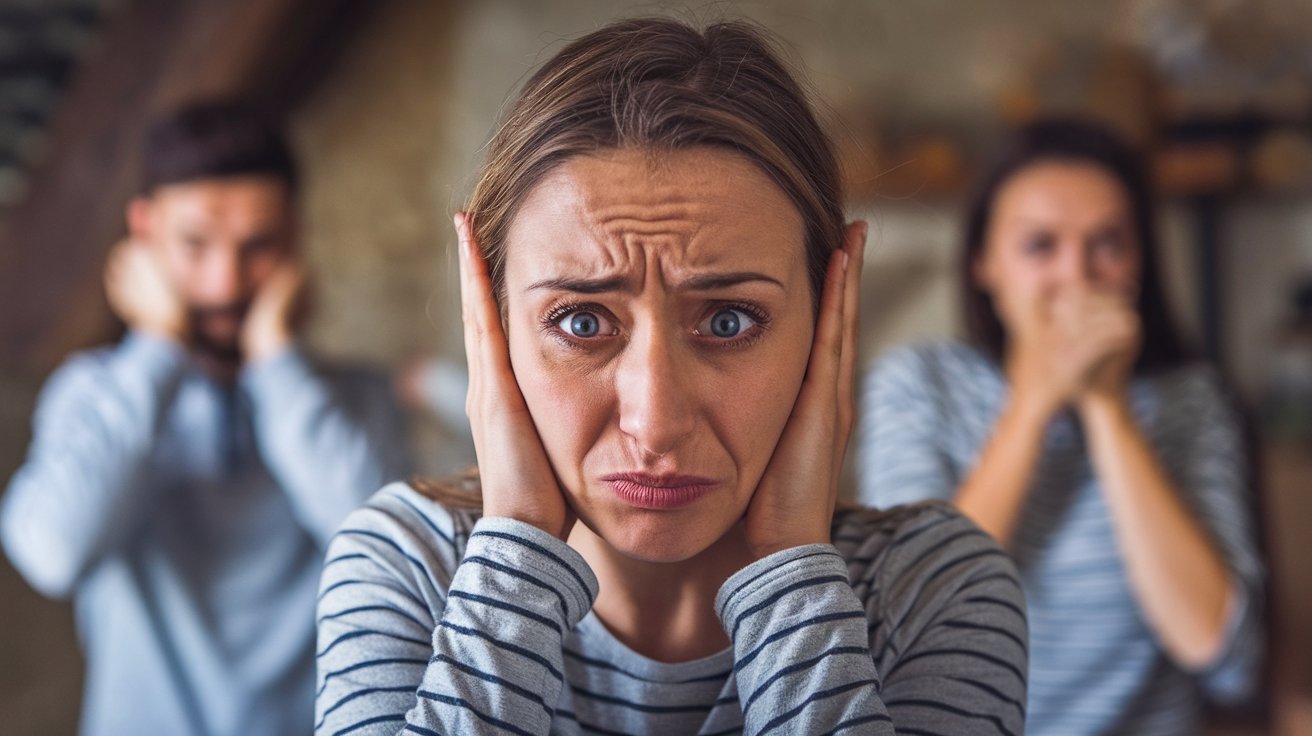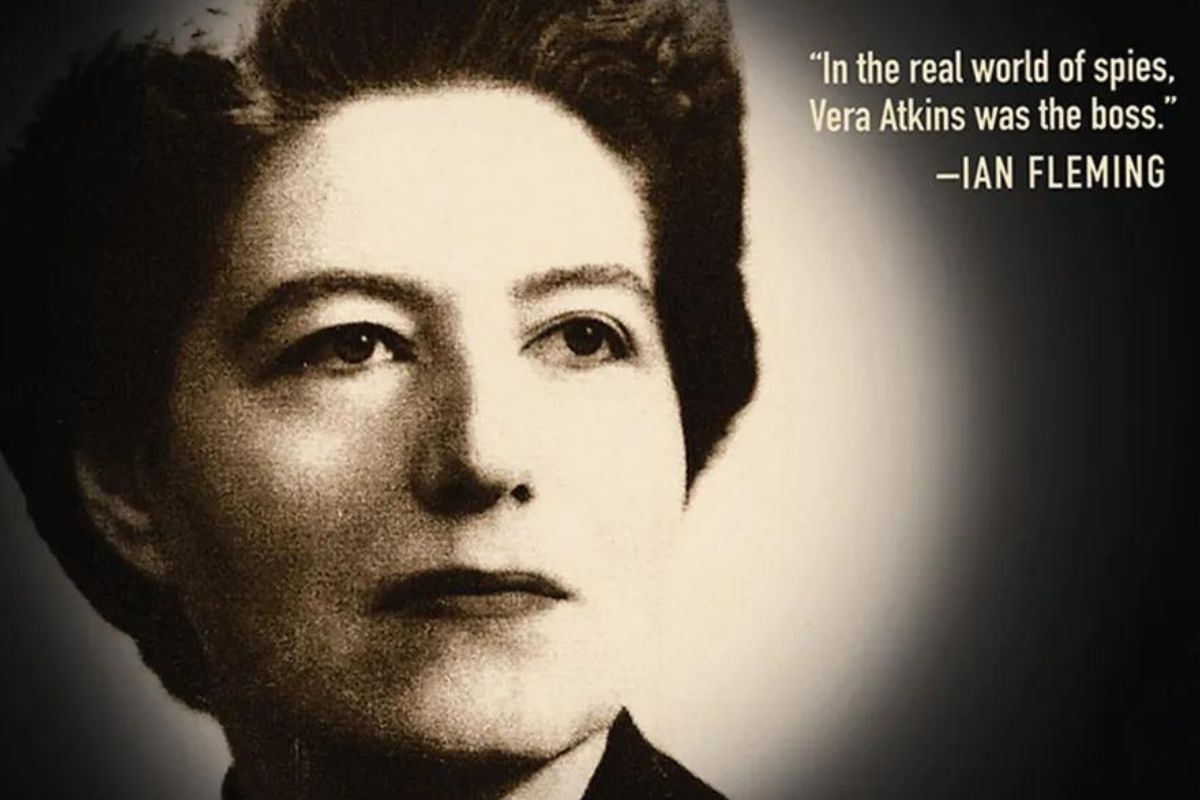
Enetophobia is the fear of pins, needles, or sharp objects. This phobia can cause intense anxiety and avoidance behaviors. People with enetophobia might feel panic at the sight of sewing needles, medical syringes, or even thumbtacks. Symptoms can range from mild discomfort to severe panic attacks. Understanding enetophobia is crucial for those affected and their loved ones. This blog post will delve into 40 intriguing facts about enetophobia, shedding light on its causes, symptoms, and coping strategies. Whether you or someone you know struggles with this phobia, these facts will provide valuable insights and practical tips.
Key Takeaways:
- Enetophobia, the fear of pins, can be triggered by childhood trauma, genetic factors, or learned behavior. It can lead to anxiety, avoidance of certain activities, and impact daily life significantly.
- Coping with enetophobia involves education, support from friends and family, seeking professional help, and understanding that the fear is genuine. Support and patience are crucial for those dealing with this phobia.
What is Enetophobia?
Enetophobia is the fear of pins. This phobia can cause significant distress and interfere with daily activities. Let's dive into some fascinating facts about this unusual fear.
Origins of Enetophobia
Understanding where this fear comes from can help in managing it better. Here are some interesting points about its origins.
- Greek Roots: The term "enetophobia" comes from the Greek words "eneto" meaning pin and "phobos" meaning fear.
- Childhood Trauma: Many people develop this phobia due to a traumatic experience involving pins during childhood.
- Genetic Factors: Some studies suggest that phobias, including enetophobia, can be inherited genetically.
- Learned Behavior: Observing a family member or friend who is afraid of pins can also lead to developing this fear.
Symptoms of Enetophobia
Recognizing the symptoms can help in seeking appropriate treatment. Here are some common signs.
- Anxiety: Feeling anxious or panicky at the sight or thought of pins.
- Avoidance: Going out of the way to avoid situations where pins might be present.
- Physical Symptoms: Experiencing sweating, trembling, or a rapid heartbeat when exposed to pins.
- Emotional Distress: Feeling extreme discomfort or distress in situations involving pins.
Impact on Daily Life
Enetophobia can significantly affect one's daily routine. Here are some ways it can impact life.
- Hobbies: Avoiding activities like sewing or crafting that involve pins.
- Medical Procedures: Fear of pins can make it difficult to undergo medical treatments involving needles.
- Social Interactions: Avoiding social situations where pins might be present, such as at a tailor's shop.
- Work Limitations: Difficulty in jobs that require the use of pins or needles.
Treatment Options
Various treatments can help manage enetophobia. Here are some effective methods.
- Cognitive Behavioral Therapy (CBT): Helps in changing negative thought patterns associated with pins.
- Exposure Therapy: Gradually exposing the person to pins in a controlled environment to reduce fear.
- Medication: Anti-anxiety medications can help manage symptoms.
- Relaxation Techniques: Practices like deep breathing and meditation can help in reducing anxiety.
Interesting Facts About Enetophobia
Here are some lesser-known facts that might surprise you.
- Rare Phobia: Enetophobia is considered a rare phobia compared to others like arachnophobia.
- Cultural Differences: The prevalence of enetophobia can vary across different cultures.
- Historical References: There are historical accounts of famous individuals who had a fear of pins.
- Support Groups: There are online communities and support groups for people with enetophobia.
Coping Strategies
Learning to cope with enetophobia can improve quality of life. Here are some strategies.
- Education: Learning more about pins and their uses can help in reducing fear.
- Support System: Having a strong support system of friends and family can provide comfort.
- Professional Help: Seeking help from a mental health professional can be beneficial.
- Self-Help Books: Reading books on overcoming phobias can offer valuable insights.
Famous Cases of Enetophobia
Some well-known individuals have also struggled with this fear. Here are a few examples.
- Celebrities: There are rumors of certain celebrities who have enetophobia, though they often keep it private.
- Historical Figures: Some historical figures are believed to have had a fear of pins, affecting their daily lives.
- Public Figures: Occasionally, public figures speak out about their struggles with enetophobia to raise awareness.
Myths and Misconceptions
There are many myths surrounding enetophobia. Let's clear up some common misconceptions.
- Not Just Needles: Enetophobia specifically refers to pins, not needles used in medical settings.
- Not Attention-Seeking: People with enetophobia are not seeking attention; their fear is genuine.
- Not Easily Overcome: Overcoming enetophobia often requires professional help and is not just a matter of willpower.
Enetophobia in Pop Culture
This phobia has made its way into various forms of media. Here are some examples.
- Movies: Some horror movies feature characters with a fear of pins to add suspense.
- Books: Certain novels explore characters dealing with enetophobia.
- TV Shows: Episodes of TV shows sometimes depict characters with this fear for dramatic effect.
- Art: Artists have created works that symbolize the fear of pins.
Fun Facts About Pins
To lighten the mood, here are some fun facts about pins themselves.
- Ancient Invention: Pins have been used since ancient times, with some dating back to the Bronze Age.
- Variety: There are many types of pins, including safety pins, sewing pins, and decorative pins.
- Collectibles: Pin collecting is a popular hobby, with some pins being highly valuable.
- Symbolism: In some cultures, pins are used as symbols of protection and good luck.
How to Support Someone with Enetophobia
Supporting a loved one with enetophobia can make a big difference. Here are some ways to help.
- Be Patient: Understand that their fear is real and be patient with their progress.
- Encourage Treatment: Encourage them to seek professional help if their fear is affecting their daily life.
Final Thoughts on Enetophobia
Enetophobia, the fear of pins, may seem unusual, but it's more common than you think. Understanding this phobia helps those affected feel less isolated. It can stem from traumatic experiences or be linked to other anxiety disorders. Symptoms range from mild discomfort to severe panic attacks. Treatment options include therapy, medication, and self-help strategies. Cognitive-behavioral therapy (CBT) often proves effective in managing and overcoming this fear. Support from friends and family plays a crucial role in recovery. If you or someone you know struggles with enetophobia, seeking professional help is a good first step. Remember, phobias are treatable, and with the right approach, individuals can lead a more comfortable life. Awareness and empathy go a long way in supporting those dealing with this condition.
Frequently Asked Questions
Was this page helpful?
Our commitment to delivering trustworthy and engaging content is at the heart of what we do. Each fact on our site is contributed by real users like you, bringing a wealth of diverse insights and information. To ensure the highest standards of accuracy and reliability, our dedicated editors meticulously review each submission. This process guarantees that the facts we share are not only fascinating but also credible. Trust in our commitment to quality and authenticity as you explore and learn with us.


